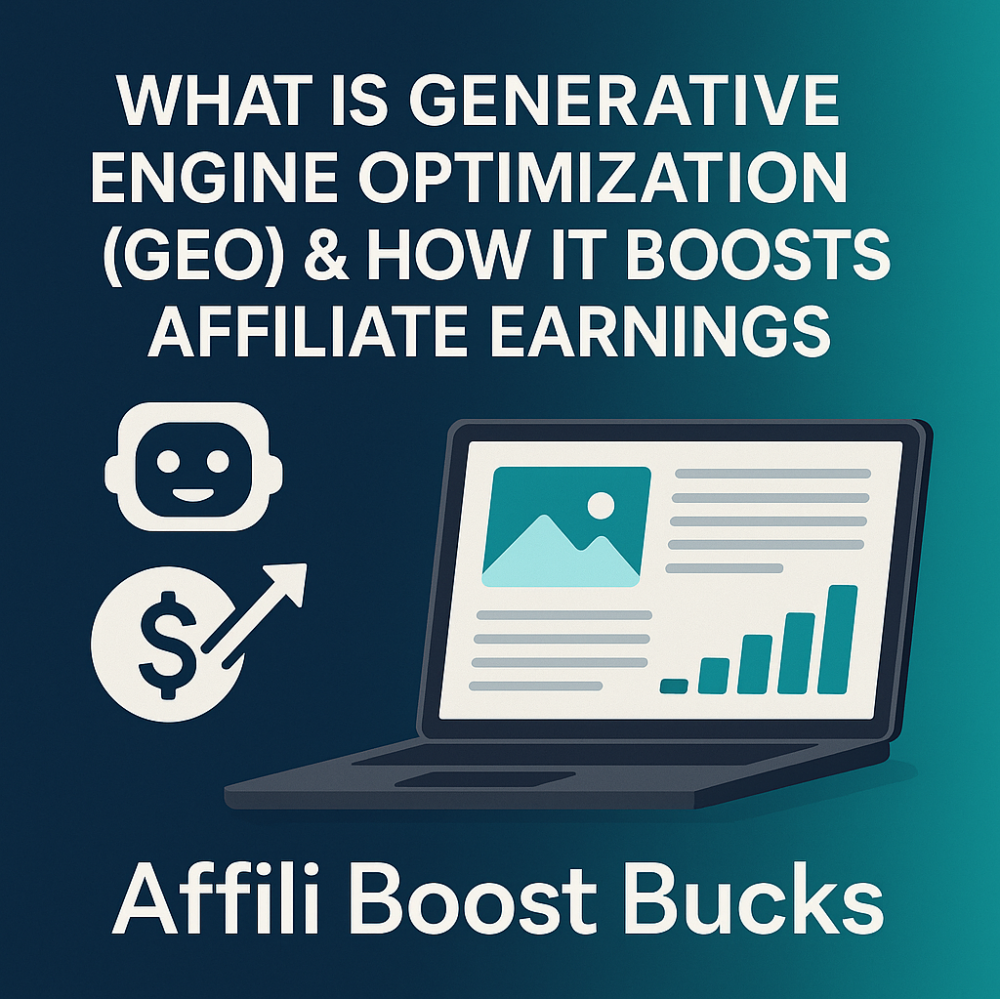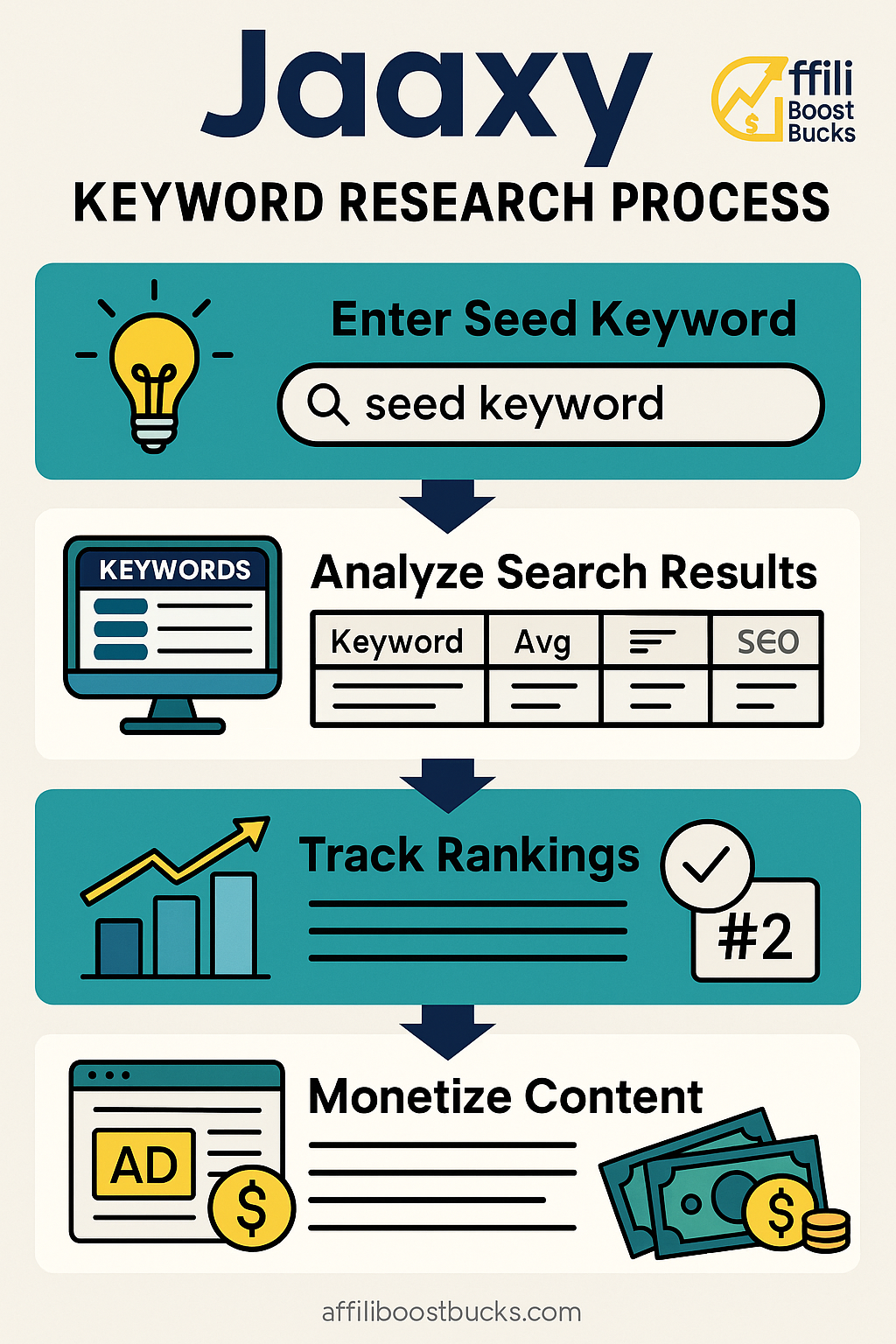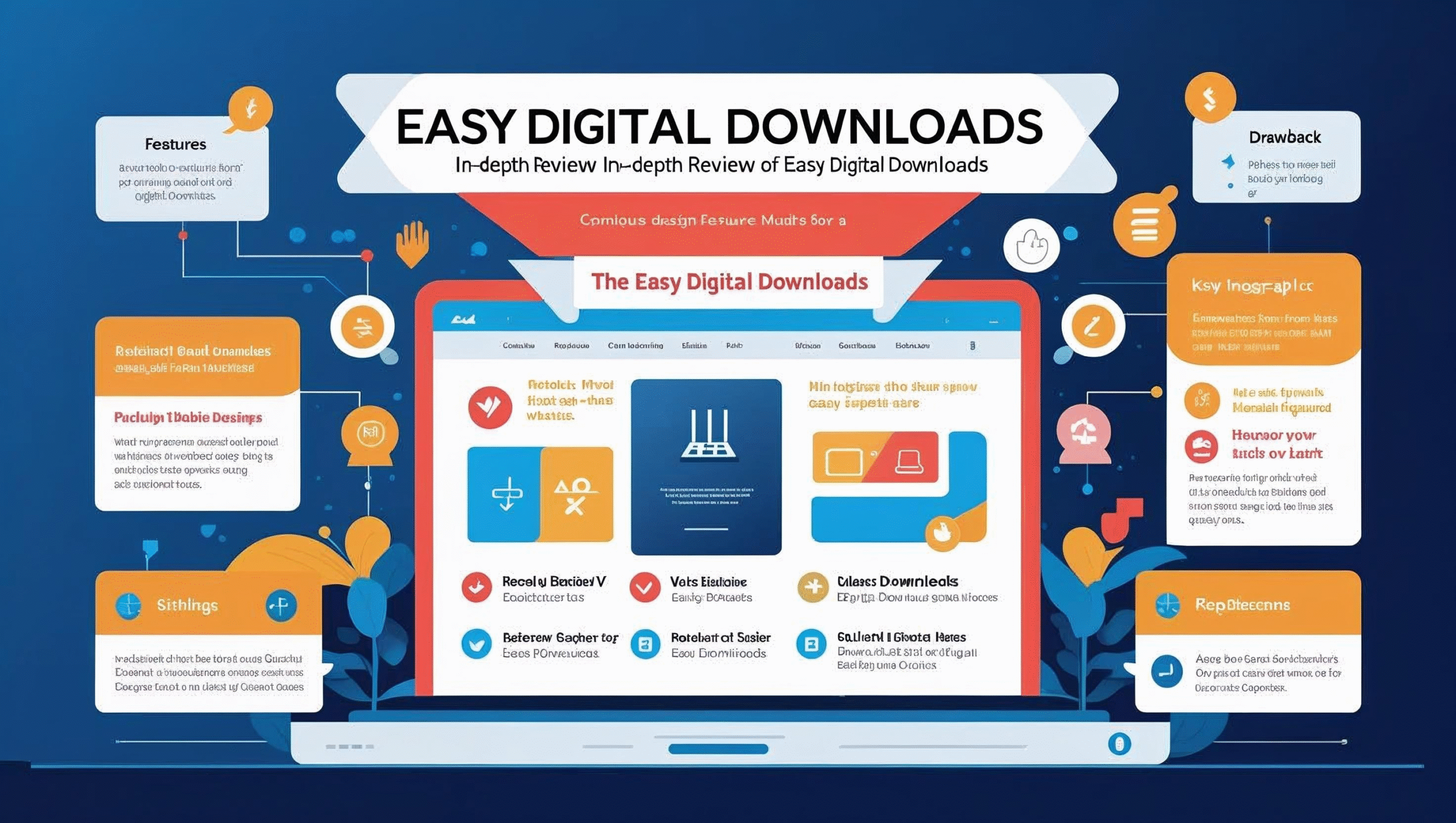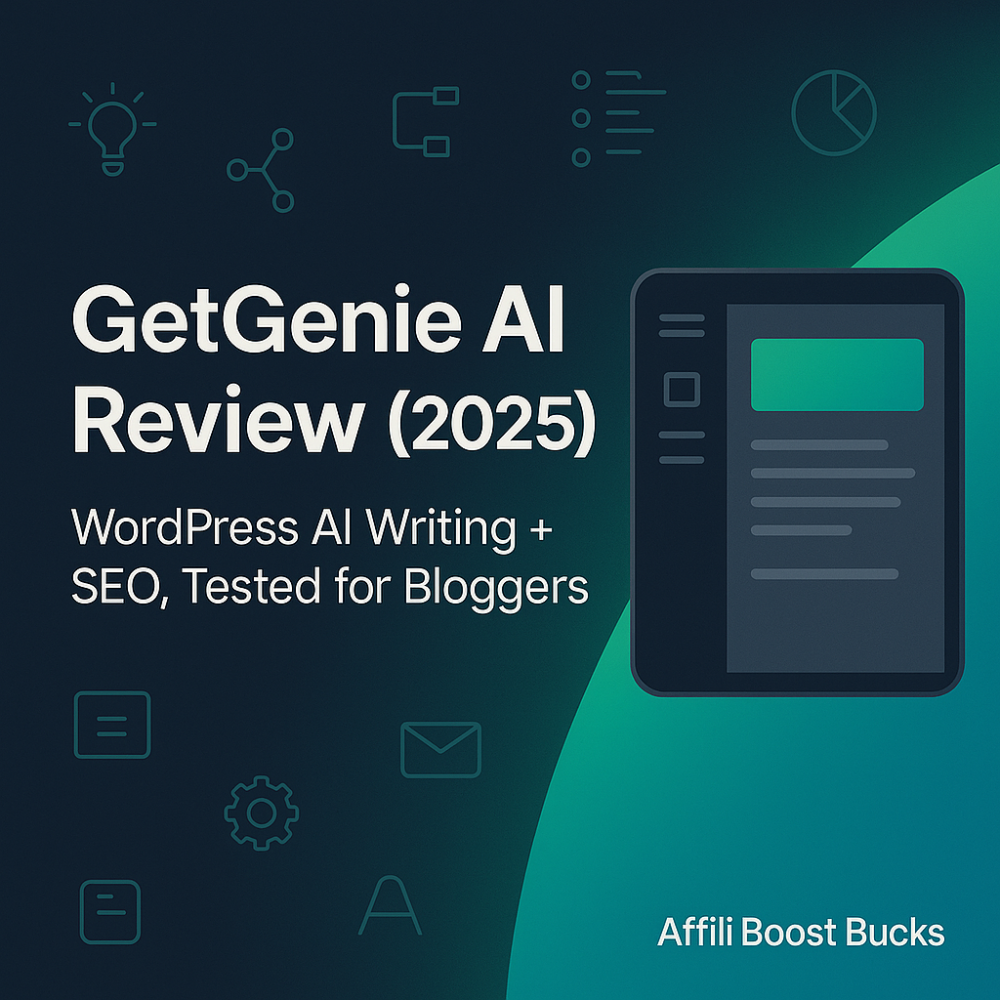Generative Engine Optimization, or GEO, is the newest evolution in content optimization designed for the rise of AI-driven search engines. Instead of optimizing strictly for Google’s search rankings, GEO focuses on making content discoverable and usable by AI tools like ChatGPT, Perplexity, and Gemini. These platforms generate answers by pulling from multiple sources, and being cited in those answers means more exposure for your site. For affiliate bloggers, this can mean an entirely new stream of targeted traffic and potential buyers.
Unlike SEO, where backlinks and keywords are the center of strategy, GEO emphasizes clarity, structure, and data accessibility. AI engines scan for content that is well-organized, easy to parse, and provides concise answers to user queries. By preparing content to align with these needs, affiliates can make their posts more appealing to AI responses. This gives them a higher chance of being included when AI delivers answers to its users.

The main reason GEO is such a big deal right now is that AI search tools are already being used by millions of people daily. This represents a shift away from traditional search traffic alone and toward new discovery channels. Affiliates who start optimizing their content for GEO now will be better positioned to gain visibility as this trend grows. Ultimately, it’s about future-proofing your blog and ensuring your hard work continues to drive results.
How AI Search Is Changing the Internet Landscape
The way people search for information online has changed dramatically in just a few short years. AI-driven engines like ChatGPT and Perplexity provide direct, conversational answers instead of sending users through ten blue links. Instead of searching Google and scanning multiple results, users now get summarized insights pulled straight from content across the web. This fundamental shift changes how traffic is distributed online.
For affiliate bloggers, this means competition is no longer limited to first-page Google rankings. Instead, visibility depends on whether AI platforms recognize and cite their content. If your post is clear, structured, and authoritative, there’s a higher chance it will be used as a source in AI responses. This opens up a new dimension of opportunity for affiliates willing to adapt.
The long-term implication is clear: AI search will become a dominant way people discover information and make purchase decisions. Blogs that remain tied to only traditional SEO will lose out, while GEO-ready sites gain additional traffic streams. Adapting early ensures that your content stays visible and continues to drive clicks, conversions, and sales.
GEO vs. Traditional SEO: Key Differences
Traditional SEO focuses on keywords, backlinks, and on-page optimization to please Google’s algorithms. GEO, by contrast, focuses on how AI engines interpret and summarize content to generate answers. Instead of just thinking about rankings, affiliates must consider how content appears when an AI scrapes and delivers it. This mindset shift is crucial in the AI-first era.
One of the biggest differences is the emphasis on brevity and structure. AI tools prefer well-labeled sections, bullet points, FAQs, and tables because they are easy to parse. GEO requires bloggers to package their content into formats that machines understand, while still being engaging for human readers. It’s a dual-optimization strategy that bridges SEO and GEO together.
Affiliate bloggers who rely solely on SEO could miss opportunities if they don’t adapt to GEO’s principles. GEO ensures your content isn’t just visible to Google but also to the new wave of generative engines shaping online discovery. By adopting both, you cover the broadest range of search behaviors. The result is a powerful, future-ready blog strategy.
Why GEO Matters for Affiliate Marketers
Affiliate marketing thrives on targeted traffic that is primed to make a purchase. GEO helps by positioning your blog content directly in front of users asking AI-powered platforms for buying advice. Instead of scrolling through dozens of search results, users often rely on AI recommendations—which means being cited can make all the difference. GEO ensures you are part of that conversation.
Imagine a potential buyer asking ChatGPT, “What is the best portable air fryer for small kitchens?” If your review is optimized with clear headings, quick summaries, and product data, it has a higher chance of being cited in the AI’s response. That citation directs traffic back to your blog, where your affiliate links live. GEO creates a new entry point into the affiliate funnel.
This matters because AI engines are growing into trusted sources of recommendations. If you’re invisible in AI-driven searches, you miss opportunities for exposure and affiliate commissions. GEO bridges the gap, ensuring your blog is both AI-friendly and affiliate-optimized. For marketers, it’s a chance to maximize reach and revenue.
Core Principles of GEO Content
At its core, GEO content is built on clarity, structure, and authority. That means providing direct answers to questions in short, easy-to-digest sections. Affiliate bloggers can create “quick answer” boxes, bullet points, and structured product comparisons that AI engines love. By doing this, you increase the chance of being featured in AI responses.
Schema markup is another critical piece of GEO. Marking up reviews, product data, and FAQs helps machines understand exactly what your page is about. This gives your content a technical advantage when AI scrapes for citations. The more structured your blog, the more appealing it becomes to generative engines.
Data-driven content also plays a huge role. AI platforms favor blogs that include real numbers, product details, and factual references. Affiliate bloggers who add product dimensions, pricing comparisons, or customer ratings are more likely to be included in AI-generated answers. GEO is about packaging your information in ways that both readers and machines value.
Crafting GEO-Friendly Affiliate Product Reviews
Affiliate product reviews are the bread and butter of many bloggers, and GEO optimization makes them even more effective. A GEO-friendly review starts with a short, clear summary—two or three sentences highlighting the product’s main benefits. This gives AI engines an easy snippet to pull into an answer. From there, structured sections break down pros, cons, and features.
Including a “Quick Facts” box is an excellent GEO tactic. Listing product weight, dimensions, pricing, or warranty in bullet points makes your review AI-friendly. It also helps human readers quickly scan for what they need. This dual approach keeps your reviews competitive in both SEO and GEO.
Don’t forget to include an FAQ section at the bottom of each review. Answering questions like “Is this worth the price?” or “What alternatives exist?” ensures your content covers buyer intent queries. These sections often get scraped by AI engines because they mimic real user questions. For affiliates, it means more opportunities for citations and clicks.
Using RightBlogger Tools for GEO Optimization
RightBlogger provides a suite of tools that make GEO much easier for affiliate marketers. The keyword clustering tool helps identify buyer-intent phrases grouped by theme, which can form the foundation of GEO-friendly content. The “People Also Ask” generator gives insight into common questions, which can be answered in FAQ sections for maximum AI visibility. These tools simplify the process of building structured, question-focused content.
The AI article writer also assists in formatting posts with clear headings and summaries. For affiliates, this means product reviews and listicles can be quickly drafted in a GEO-ready format. RightBlogger’s AI outputs can be edited and polished to reflect your unique voice while still hitting key optimization points. This saves time while improving reach.
By leveraging these features, affiliate bloggers can consistently produce content that’s optimized for both humans and AI engines. RightBlogger bridges the gap between SEO tradition and GEO innovation. For Affili Boost Bucks readers, it’s a practical way to scale affiliate content while future-proofing against search changes. GEO and RightBlogger are a powerful combination.
Internal Linking and GEO
Internal linking is one of the most underrated tactics for GEO. AI engines analyze context, and linking related posts helps create a strong topical cluster. For example, linking a general guide about “Best Air Fryers” to individual product reviews makes it clear how the content fits together. This increases the chance of multiple posts being cited by AI.
Affiliate blogs benefit from creating “hub and spoke” structures. The hub is a broad guide, while the spokes are individual reviews or tutorials. When AI engines crawl these pages, the linking structure reinforces authority on the topic. This makes your entire cluster more competitive in GEO-driven results.
Internal links also keep users engaged longer, reducing bounce rates and increasing affiliate conversions. When someone lands on a GEO-cited article and clicks through to additional posts, you build trust and increase purchase likelihood. GEO and internal linking work hand-in-hand to maximize visibility and earnings.
GEO and Voice Search Convergence
Voice search is growing rapidly, with users turning to Alexa, Siri, and Google Assistant for quick answers. GEO-friendly content naturally aligns with this trend because it’s concise and conversational. When someone asks, “What’s the best budget laptop for students?” AI engines look for clear answers that sound natural when spoken aloud. GEO ensures your blog fits that need.
Affiliate marketers can use this to their advantage by writing in a question-and-answer style. Structuring posts with conversational subheadings makes it easier for AI to use your content in voice responses. This not only drives traffic but also builds credibility as your blog becomes a trusted source.
The overlap between GEO and voice search means optimizing once gives you benefits across both channels. By preparing your content for AI readability, you automatically gain an edge in voice search optimization. For affiliates, this creates yet another entry point for buyers into your funnel. GEO is future-proofing on multiple levels.
Measuring Success with GEO Strategies
Measuring GEO success looks a little different from traditional SEO. Instead of focusing purely on keyword rankings, bloggers need to track how often their content is cited by AI engines. Referral traffic from tools like ChatGPT or Perplexity is an early indicator of GEO effectiveness. Monitoring analytics helps affiliates see which posts are performing.
Engagement metrics also matter. GEO-optimized posts tend to keep users longer because they are well-structured and easy to navigate. Lower bounce rates and higher click-through rates show that readers are responding positively. This ties directly into higher affiliate earnings over time.
Affiliate marketers should also track conversions at the post level. If a GEO-cited article is generating sales through affiliate links, that’s the ultimate validation. Over time, you’ll notice certain content formats consistently perform better. This feedback loop helps refine and improve GEO strategies for maximum ROI.
Common Mistakes Affiliate Bloggers Make with GEO
One common mistake is treating GEO like traditional keyword stuffing. AI engines don’t reward repetitive keyword use—they reward clarity, structure, and natural answers. Affiliates who ignore this distinction risk being overlooked in AI responses. Quality over quantity is the new rule.
Another mistake is failing to implement schema markup. Without structured data, AI tools may struggle to interpret your product reviews. This means even great content might be skipped over. Adding markup for products, FAQs, and reviews gives your content the technical clarity it needs.
Finally, affiliates often neglect internal linking and topical clusters. A blog filled with isolated reviews is less authoritative than one built around interconnected content. GEO thrives on context, and without it, your content won’t rank as highly in AI-generated answers. Avoiding these pitfalls ensures stronger visibility and earnings.
Conclusion
Generative Engine Optimization is not a replacement for SEO but an evolution designed for the AI-driven future. Affiliate bloggers who adopt GEO now position themselves for success as generative search tools become mainstream. The principles are simple: structured answers, schema markup, and interconnected content. The payoff is higher visibility and affiliate conversions.
The affiliate marketing landscape is changing quickly, and waiting to adapt could mean falling behind. GEO offers a way to future-proof your blog while taking advantage of new discovery channels. By implementing GEO strategies today, you’ll build a stronger foundation for long-term growth. For Affili Boost Bucks readers, this is the moment to act.
If you’re ready to optimize your blog for GEO and boost your affiliate earnings, start experimenting with RightBlogger’s suite of tools. From keyword research to structured post outlines, it has everything you need to stay ahead of the curve. Don’t just chase traffic—prepare your blog for the AI future with GEO.




